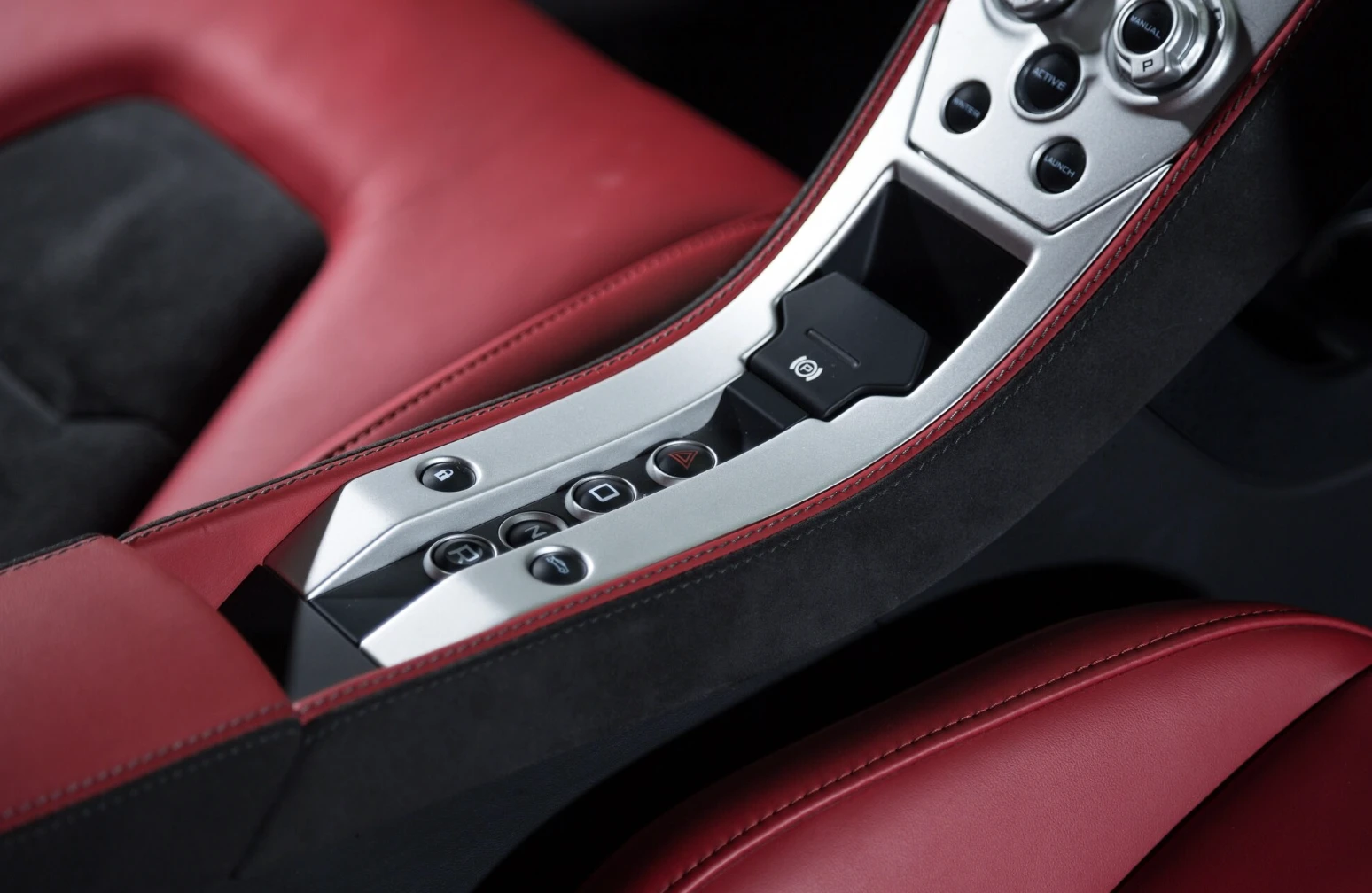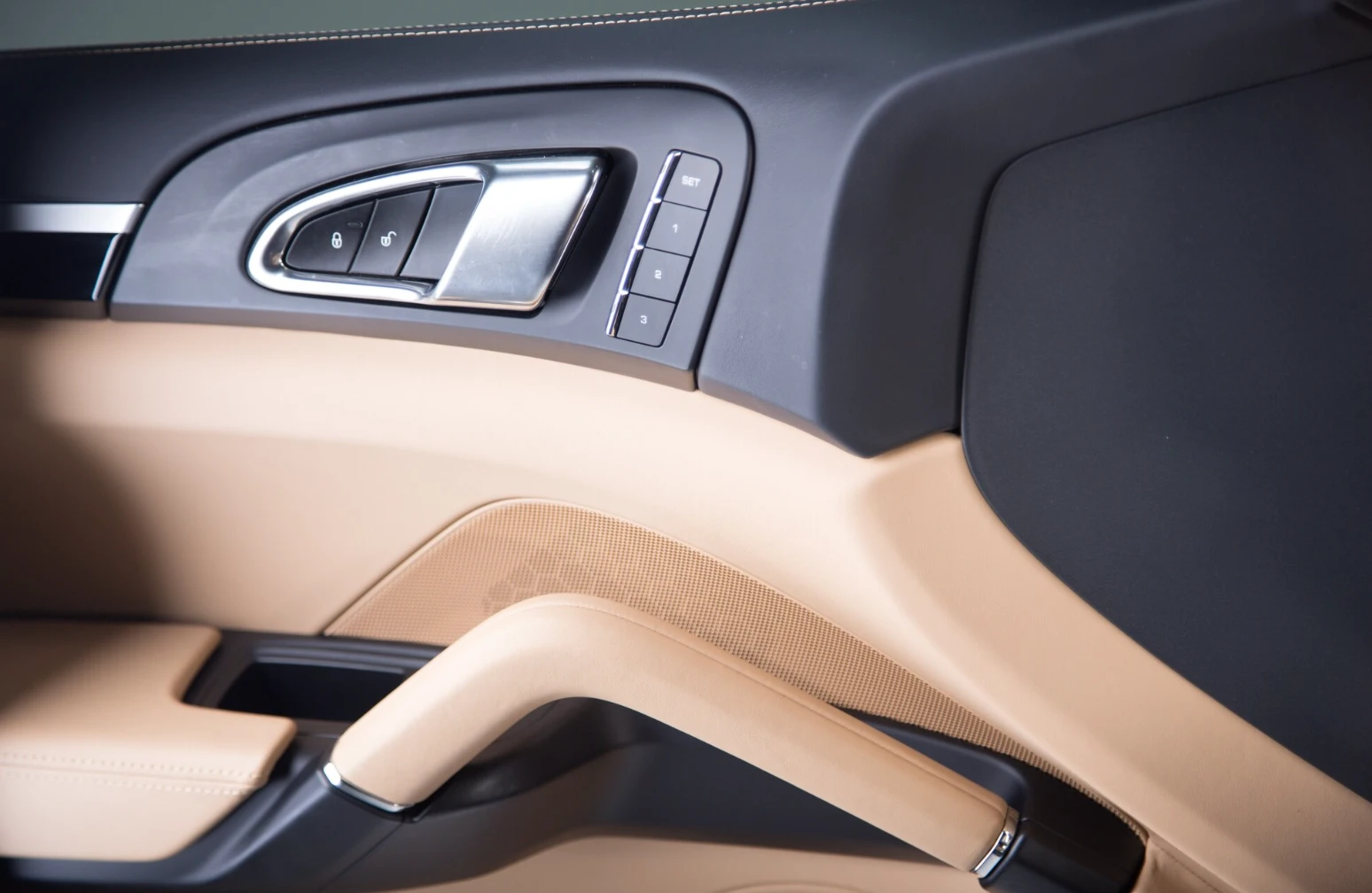
Replacing car upholstery is one of the most effective ways to refresh your vehicle’s interior, improving both comfort and resale value. At Desert Diamond Car Service in Dubai https://car-care.center/services/detailing/car-upholstery/, we know how harsh heat and humidity can quickly damage interior materials, making professional upholstery restoration essential.
However, reupholstering a car involves much more than simply replacing old fabric. Many drivers start the process without realizing how crucial precise measurements, the right material selection, and proper installation techniques are. As a result, they often face issues like uneven seams, loose fittings, or premature wear.
By learning from the common mistakes outlined here, you can save time, avoid waste, and achieve a result that looks professional and lasts.
Choosing Inappropriate Upholstery Material
Selecting the wrong upholstery material is a frequent mistake. Car owners sometimes opt for cheap fabric or non-automotive leather without considering Dubai’s harsh climate. Upholstery of bad quality might look fine initially, but it will deteriorate quickly under intense sun and heat. Low-grade vinyl or untreated leather can crack, fade, or trap odors when the car interior gets sweltering in summer (a parked car’s cabin can reach up to 70°C (158°F) in direct sun).
To avoid this, choose materials designed for automotive use and high temperatures. Look for UV-resistant, breathable fabrics or quality leather that’s treated for heat resistance. For example, good synthetic leather or Alcantara often withstands Dubai’s climate better than cheap vinyl. The goal is to balance style with practical resilience, so prioritize durability alongside appearance.

Underestimating Professional Expertise
Another mistake is assuming you can easily do everything yourself and skipping professional help. While some car owners tackle DIY upholstery successfully, many end up with wrinkled fabric or ill-fitting seat covers because they underestimate the skill involved. In fact, those who start a DIY upholstery job often find mistakes piling up and eventually need a professional to fix the mess, at a higher cost than hiring one initially.
Dubai has many experienced upholstery shops for good reason. Professionals bring industrial-grade tools and know-how that ensure a factory-quality finish. If your project involves complex seat shapes, built-in airbags, or expensive materials, it’s wise to consult an expert (or at least get guidance). Be realistic about which parts of the job might be beyond your ability, as bringing in a professional for those tricky aspects can save you time and money in the long run.
Neglecting Precise Measurements and Planning
Poor planning and measurement errors are common pitfalls. Some DIYers dive in without carefully measuring fabric or using the old seat covers as templates. The result? Loose, lumpy upholstery that looks subpar. For example, failing to include adequate seam allowance when cutting fabric is a rookie error — it leaves too little material for secure stitching or stapling.
Use the old upholstery pieces as patterns to cut your new material. Mark each piece clearly and include extra material for seams so the new covers fit snugly. Plan any pattern or stitching placement in advance to ensure a symmetrical finish. In short, measure twice and cut once. A methodical approach to planning will prevent finding out too late that something doesn’t fit.
Using Improper Tools or Techniques
Using the wrong tools or methods is a recipe for trouble. A common error is relying on household tools or weak adhesives instead of proper upholstery equipment. Regular glues often soften and fail under high interior heat, causing fabric to peel when summer arrives. Similarly, a standard home sewing machine may struggle with thick leather or vinyl, resulting in broken needles or uneven stitches.
To do the job correctly, use the right equipment: for instance, a heavy-duty sewing machine, hog-ring pliers for seat covers, and high-temperature automotive adhesive. Proper technique matters as well. Stretch and smooth the fabric evenly during installation to avoid wrinkles. Skipping these best practices or cutting corners can leave the upholstery looking saggy or coming loose prematurely. Always follow industry-proven methods and don’t cut corners.
Not Replacing Cushioning and Padding
Ignoring the padding beneath the upholstery is another big mistake. If the seat foam is worn out or flattened, simply covering it with new fabric won’t fix a sagging, uncomfortable seat. Replacing old foam inserts is essential to regain proper support and comfort.
Assess the cushioning and support while the seats are apart. It’s wise to install new high-density foam (and fix any weak springs or support webbing) so your refreshed seats are as comfortable as they look. In short, renewing the padding and supports during reupholstery ensures the end result both looks good and feels like new.

Comparison of Mistakes and Solutions
Below is a quick comparison of these common mistakes and how to avoid them:
| Mistake | Solution |
| Wrong material choice | Use automotive-grade, heat- and UV-resistant materials suited for Dubai’s climate. |
| Skipping professional help | Consult or hire experienced upholsterers for difficult tasks or premium materials. |
| Poor measurement & planning | Measure carefully, use old covers as templates, and include proper seam allowances for a good fit. |
| Improper tools/techniques | Use proper upholstery tools (heavy-duty sewing machine, hog rings, high-temp adhesive) and ensure fabric is stretched tight. |
| Not replacing padding/foam | Refresh seat foam and padding so the new upholstery has proper support and comfort. |
The Smart Approach to Car Interior Upgrades
Replacing your car’s upholstery can transform your driving experience and boost your car’s value, but only if done correctly. By avoiding these common mistakes, Dubai car owners can ensure their new interior withstands the local climate and daily use. Choose quality materials that handle the heat, plan carefully, and don’t hesitate to seek professional assistance when needed. Once your new upholstery is installed, keep it clean and shielded from the sun. Even simple habits like parking in the shade or using sunshades will prevent premature fading. Such care ensures your upholstery investment continues to pay off over the long term. With the right approach, your upgraded interior will remain comfortable, stylish, and durable for years to come, even under Dubai’s demanding conditions.




